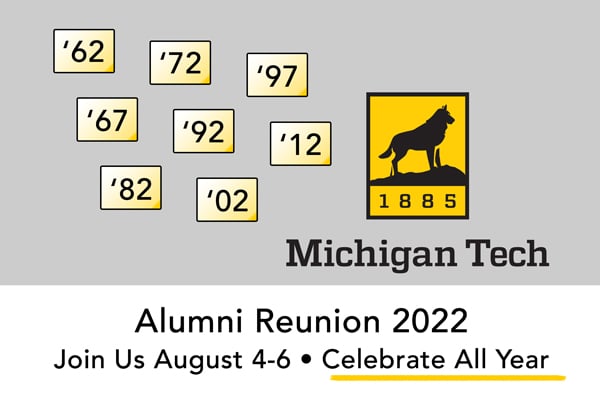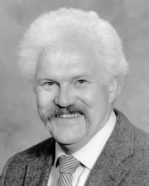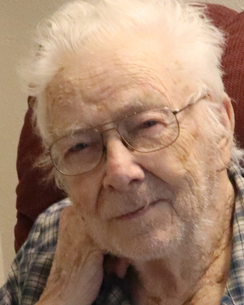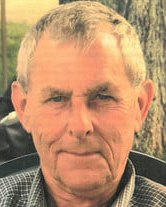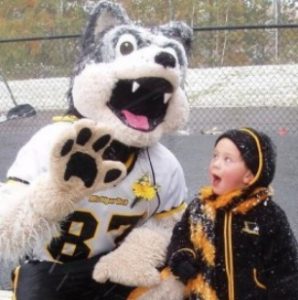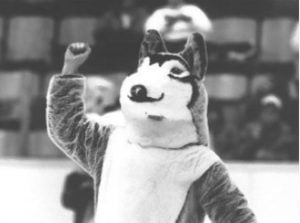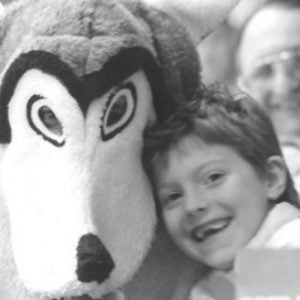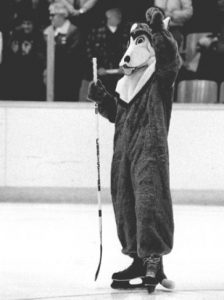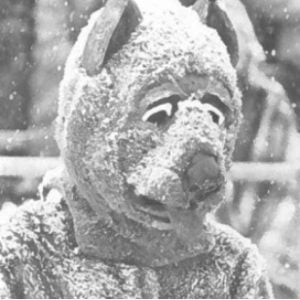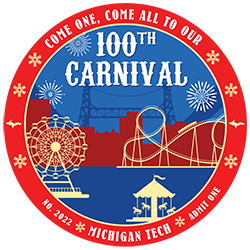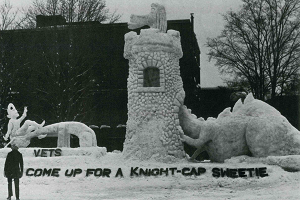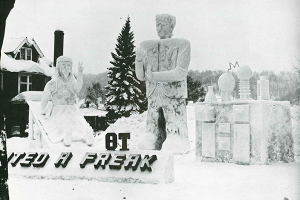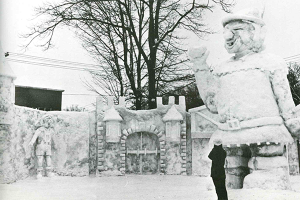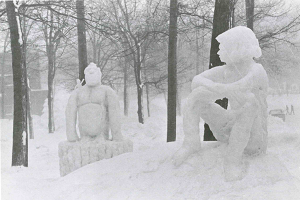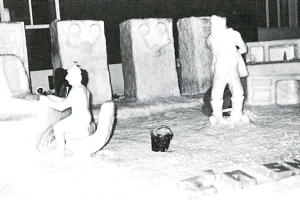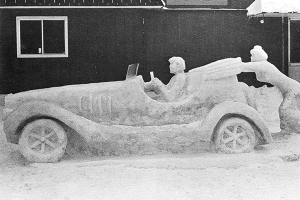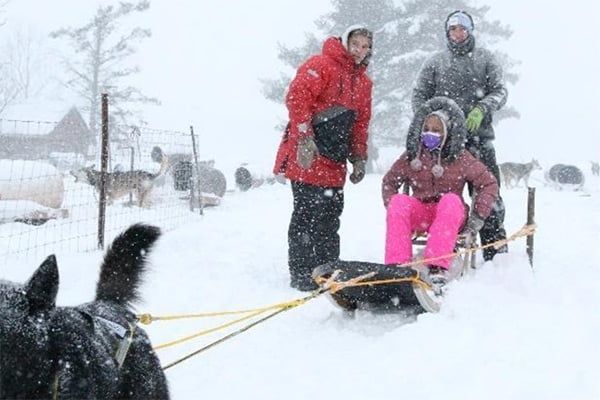Robert K. Snortland, 87, passed away Thursday, August 18, 2022, at Portage Pointe in Hancock, MI.
He was born a twin on April 6, 1935, in Sharon, ND, son of the late Olaus E. and Ethel (Kloster). He was raised in Sharon and then graduated from the University of North Dakota. He moved to California to begin his life-long passion for teaching. He also worked as a design draftsman in the Aerospace Industry in California.
In 1960, he was united in marriage to Edith Mellor. They moved to North Dakota, where Bob received his Master’s Degree from UND. He had an illustrious career as an educator, winning awards, chairing a national committee, and completing two sabbaticals. His career took him to Michigan Technological University as a lecturer, where he retired in 1997.
Bob was passionate about life, not letting a single moment pass him by. His zest overflowed to everyone he met, as he brought a smile to all. Bob led by example, modeling compassion, love, and tolerance to all. He enjoyed woodworking, leather crafting, vegetable gardening, games, pets, music/dancing, snowshoeing, and friends. Bob was a man of deep faith, teaching Sunday School and serving as grandparents (with Edith) at Fortune Lake Bible Camp. Throughout his life, Bob was a member of the Masons, Eastern Star, Sons of Norway, ASEE, and many other organizations.
Bob is survived by his wife: Edith; daughter: Karin (Donna) and son Karl; His grandsons: Chad (Haley), Eric, and twin, Richard.

